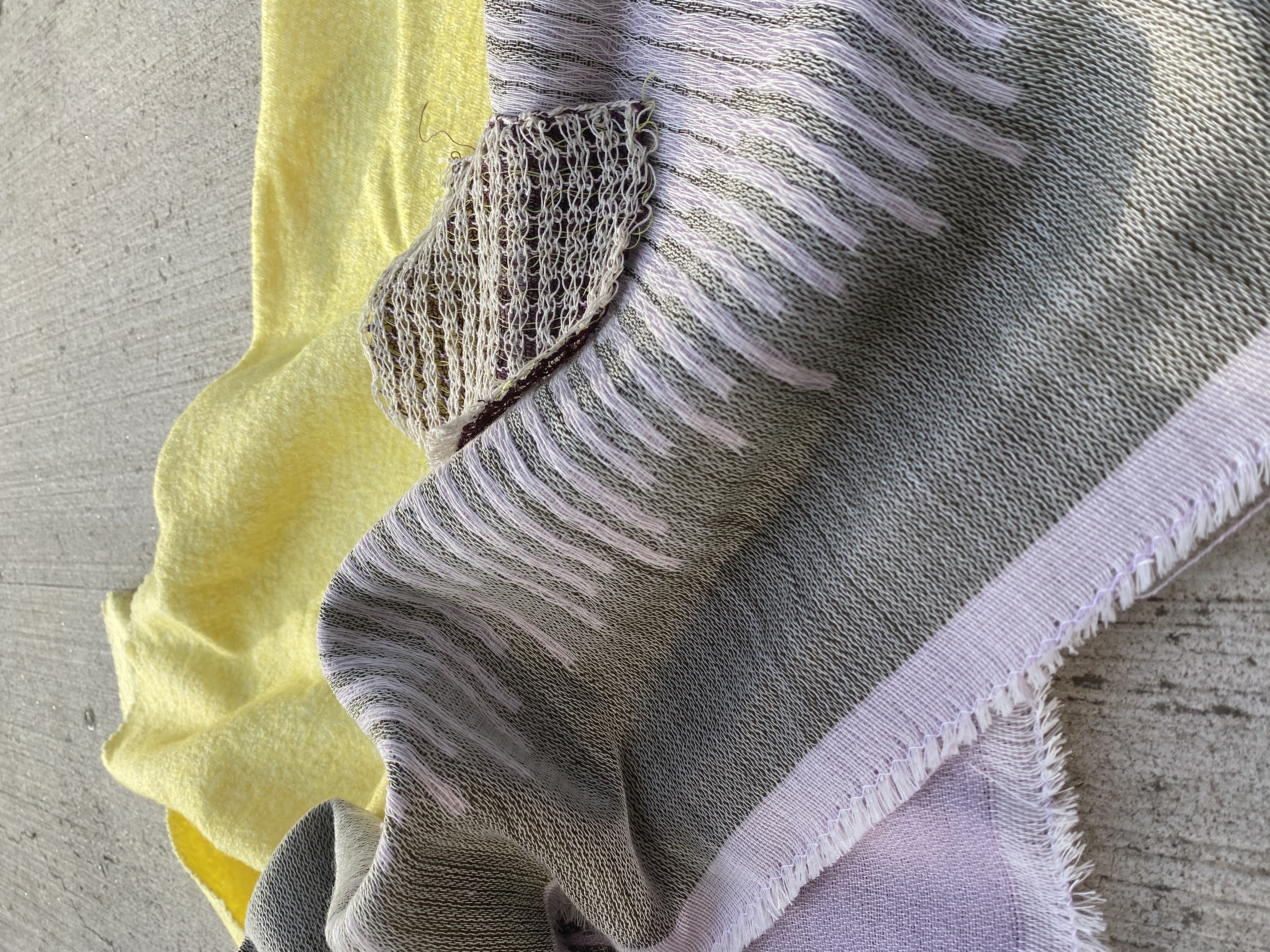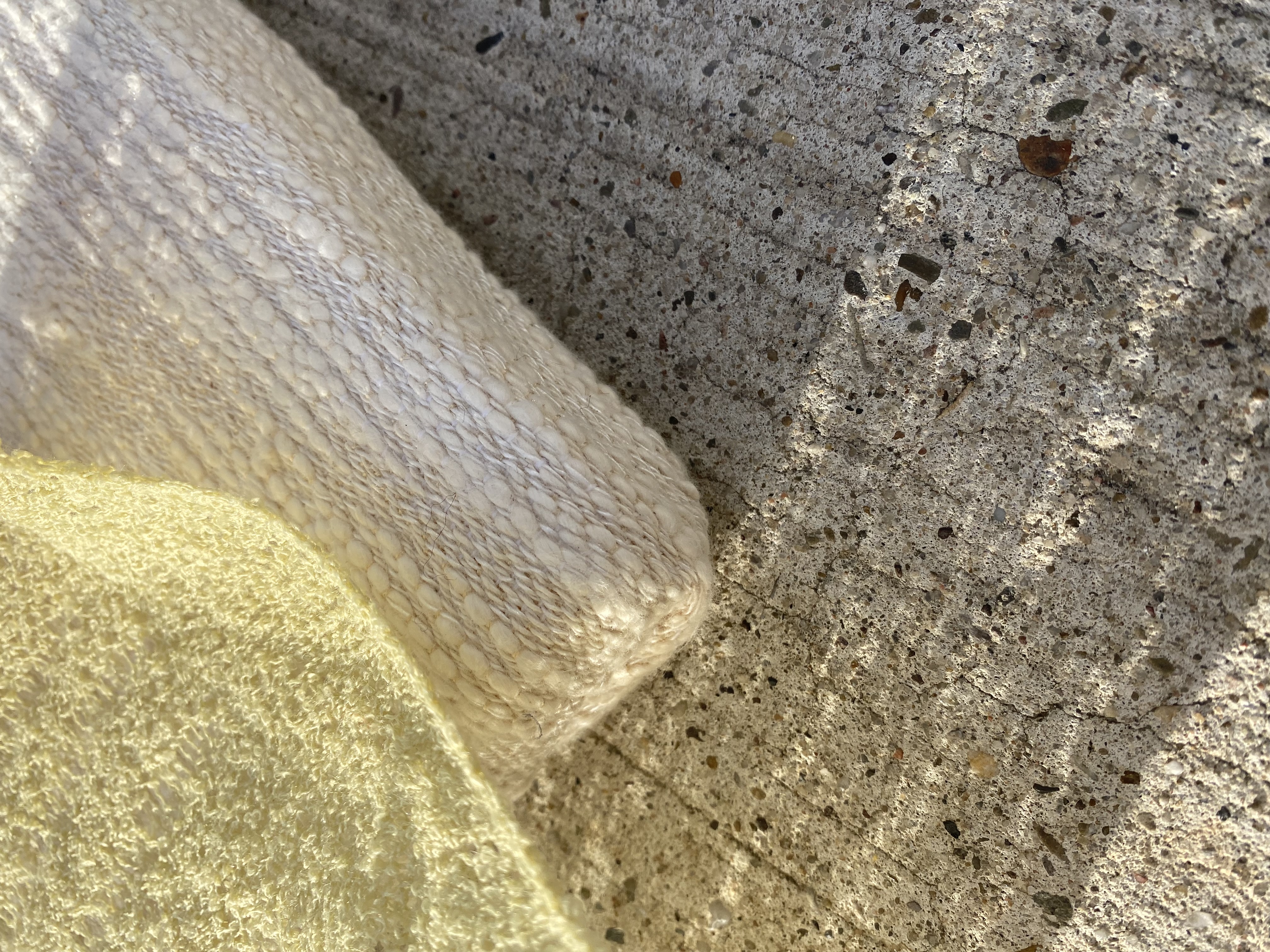︎︎︎
Flimmern, 2022
The exchange of cultures has been a common occurrence over the centuries. Patterns, technologies, and philosophies spread early on via trade routes such as the Silk Road, often cross-fertilizing with one another and promoting cultural diversity. Unfortunately, this exchange was frequently characterized by hierarchies, seen most egregiously during colonialism, but also occurring earlier and persisting today. In the past, it was customary to incorporate ornaments and patterns from various parts of the world into textile design and fashion collections without questioning authorship, except when it could be used as a marketing tool. Nowadays, discussions about cultural appropriation are integral to design education. Conversations about decolonization, restitution, and indigenous copyright are shaping how we handle ornaments, patterns, and colors from other cultures. We must consider how cultural transfer can enrich our work without showing disrespect to the originators and understand the role that sample archives, pattern books, and cultural identity play.
How was it dealt with in the past, and how today? How can one use the cultural transfer as fertilizing without acting disrespectfully towards the originators? What role do sample archives and pattern books play in the past and today? What role does cultural identity play?
These questions served as the foundation for the work before you, which was a collaborative effort with my classmates: Elisa Trabstein and Juliane Schmidt. Our primary purpose was to create a diverse collection of interior fabrics based on historical samples, presented in a new context with due respect to their origins. We aimed to realize this idea through at least three different technologies, each adapted to the fabric's quality: weaving, knitting, and printing.
Our focus was on Japanese culture, particularly the Ikat technique practiced there. Ikat is a unique dyeing and weaving technique where yarns are wrapped to resist dye absorption. On the loom, this technique reveals distinctive patterns, with individual thread tensions creating blurred and dynamic edges. Ikat has a rich history of cultural exchange and appropriation. In Japan, it is known as "Kasuri" and is prominently featured in fine kimono fabrics. However, our approach involved abstracting this look and not using the original technique.
During our creative process, we drew inspiration from "Kasuri" motifs such as natural materials and traditional indigo blue, which we combined with vivid colors, various levels of transparency, layers, and color contrasts. The result is a contemporary interior collection encompassing upholstery fabrics, cushion covers, curtains, and blankets.
Collaborating on this project was a valuable personal and professional experience. It strengthened our friendship and taught us essential skills for successful teamwork, including time management, effective communication, listening, and patience.
Photos by Elisa Trabstein, Juliane Schmidt and Shani Nahum.








